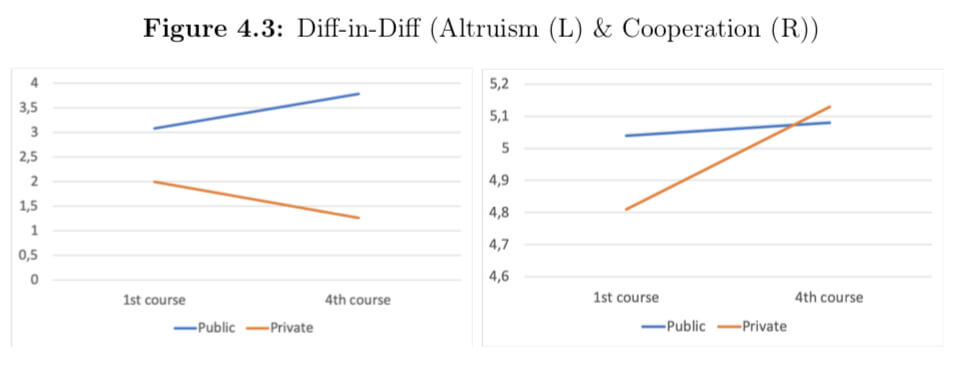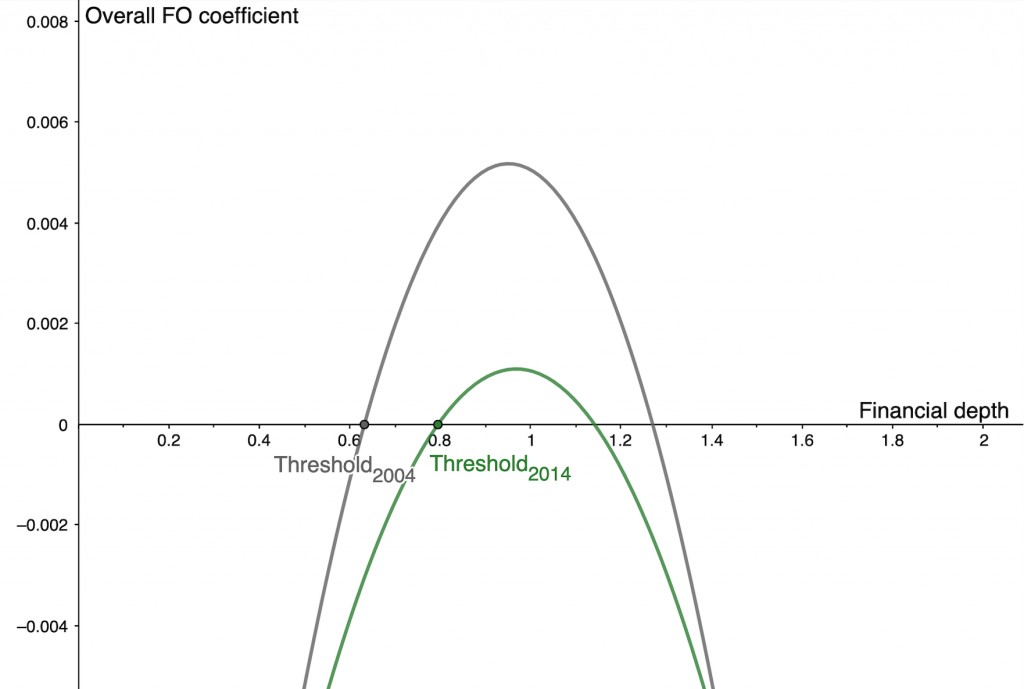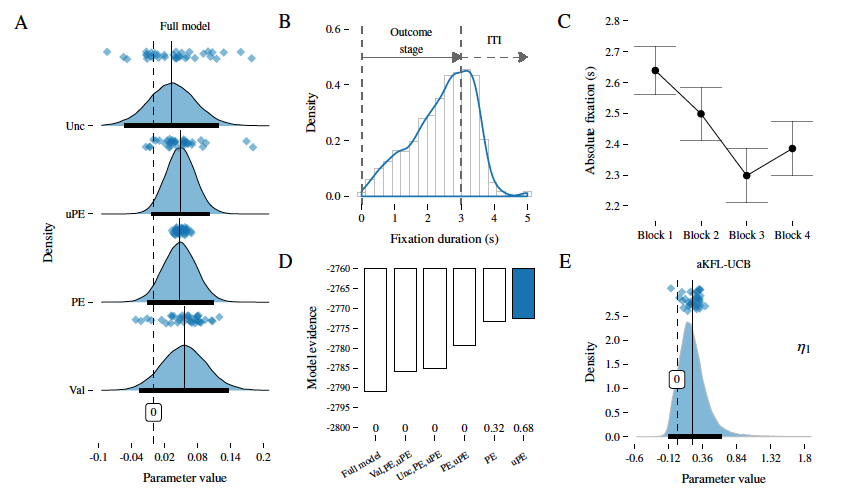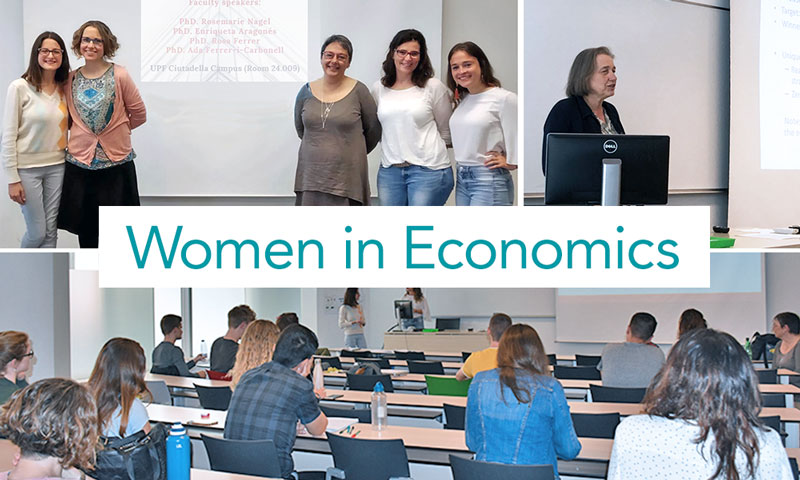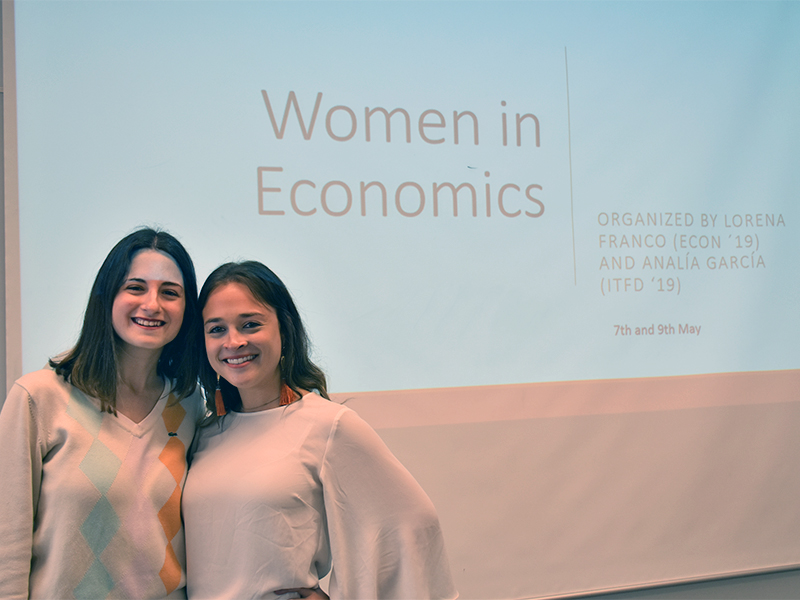
Nataša Todorović Jemec ’09 (Economics) and Ludmila Fadejeva ’11 (Macroeconomic Policy and Financial Markets) have published a paper in the IZA Journal of Labour Policy, together with a few other colleagues from central banks of new EU member states. The paper, “How do firms adjust to rises in the minimum wage? Survey evidence from Central and Eastern Europe,” studies the transmission channels for rises in the minimum wage using a unique firm-level dataset from eight Central and Eastern European countries.
They wrote the publication within the ECB Wage Dynamics Network (WDN). At the time, Nataša and Ludmila were working at the Central Bank of Slovenia and the Central Bank of Latvia respectively, and they were their banks’ representatives in the WDN. Increase of the minimum wage was a common topic of many new EU members, and they decided to write a paper on that based on the data that they collected through a WDN survey in their countries.
Researchers can use this form to request access to the data of the WDN network which includes many EU countries.
Paper abstract
We study the transmission channels for rises in the minimum wage using a unique firm-level dataset from eight Central and Eastern European countries. Representative samples of firms in each country were asked to evaluate the relevance of a wide range of adjustment channels following specific instances of rises in the minimum wage during the recent post-crisis period. The paper adds to the rest of literature by presenting the reactions of firms as a combination of strategies and evaluates the relative importance of those strategies. Our findings suggest that the most popular adjustment channels are cuts in non-labour costs, rises in product prices, and improvements in productivity. Cuts in employment are less popular and occur mostly through reduced hiring rather than direct layoffs. Our study also provides evidence of potential spillover effects that rises in the minimum wage can have on firms without minimum wage workers.
About the authors

Nataša T. Jemec ’09 is a Senior Economist at IMAD. She is an alum of the Barcelona GSE Master’s in Economics.

Ludmila Fadejeva ’11 is a Senior Econometrician at the Bank of Latvia. She is an alum of the Barcelona GSE Master’s in Macroeconomic Policy and Financial Markets.

